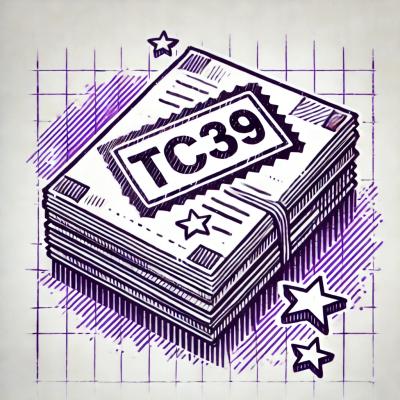What is @turf/turf?
@turf/turf is a powerful geospatial analysis library for JavaScript. It provides a wide range of functions for processing and analyzing geographic data, including operations for measuring distances, calculating areas, performing spatial joins, and more. It is widely used in applications that require geospatial data manipulation and analysis.
What are @turf/turf's main functionalities?
Distance Calculation
This feature allows you to calculate the distance between two geographic points. The code sample demonstrates how to calculate the distance in miles between two points using the `distance` function.
const turf = require('@turf/turf');
const from = turf.point([-75.343, 39.984]);
const to = turf.point([-75.534, 39.123]);
const options = {units: 'miles'};
const distance = turf.distance(from, to, options);
console.log(distance);
Buffer
This feature allows you to create a buffer around a geographic point. The code sample demonstrates how to create a buffer of 500 miles around a point using the `buffer` function.
const turf = require('@turf/turf');
const point = turf.point([-90.548630, 14.616599]);
const buffered = turf.buffer(point, 500, {units: 'miles'});
console.log(buffered);
Area Calculation
This feature allows you to calculate the area of a polygon. The code sample demonstrates how to calculate the area of a polygon using the `area` function.
const turf = require('@turf/turf');
const polygon = turf.polygon([[
[-67.13734, 45.13745],
[-66.96466, 44.8097],
[-68.03252, 44.3252],
[-69.06, 43.98],
[-70.11617, 43.68405],
[-70.64573, 43.09008],
[-70.75102, 43.08003],
[-70.79761, 43.21973],
[-70.98176, 43.36789],
[-70.94416, 43.46633],
[-71.08482, 45.30524],
[-70.66002, 45.46022],
[-70.30495, 45.91479],
[-70.00014, 46.69317],
[-69.23708, 47.44777],
[-68.90478, 47.18479],
[-68.2343, 47.35462],
[-67.79035, 47.06624],
[-67.79141, 45.70258],
[-67.13734, 45.13745]
]]);
const area = turf.area(polygon);
console.log(area);
Intersect
This feature allows you to find the intersection of two polygons. The code sample demonstrates how to find the intersection of two polygons using the `intersect` function.
const turf = require('@turf/turf');
const poly1 = turf.polygon([[
[-122.801742, 45.48565],
[-122.801742, 45.60491],
[-122.584762, 45.60491],
[-122.584762, 45.48565],
[-122.801742, 45.48565]
]]);
const poly2 = turf.polygon([[
[-122.520217, 45.535693],
[-122.64038, 45.553967],
[-122.720031, 45.526554],
[-122.669906, 45.507309],
[-122.723464, 45.446643],
[-122.532577, 45.408574],
[-122.487258, 45.477466],
[-122.520217, 45.535693]
]]);
const intersection = turf.intersect(poly1, poly2);
console.log(intersection);
Other packages similar to @turf/turf
geolib
Geolib is a library to provide basic geospatial operations like distance calculation, bounding box, and more. It is simpler and more lightweight compared to @turf/turf, but it does not offer as many advanced geospatial analysis functions.
jsts
JSTS is a JavaScript library of spatial predicates and functions for processing geometry. It is based on the Java Topology Suite (JTS). JSTS provides more advanced and robust geometric operations compared to @turf/turf, but it can be more complex to use.
leaflet
Leaflet is a leading open-source JavaScript library for mobile-friendly interactive maps. While it is primarily focused on rendering maps and providing map-related functionalities, it also includes some basic geospatial analysis features. It is not as comprehensive as @turf/turf in terms of geospatial analysis.
@turf/turf
turf
Turf is a modular geospatial analysis engine written in JavaScript. It performs geospatial
processing tasks with GeoJSON data and can be run on a server or in a browser.
This module is part of the Turfjs project, an open source
module collection dedicated to geographic algorithms. It is maintained in the
Turfjs/turf repository, where you can create
PRs and issues.
Installation
Install this module individually:
$ npm install @turf/turf
Or install the Turf module that includes it as a function:
$ npm install @turf/turf



